The Tesla Semi truck is finally ready, and Pepsi gets the first ones
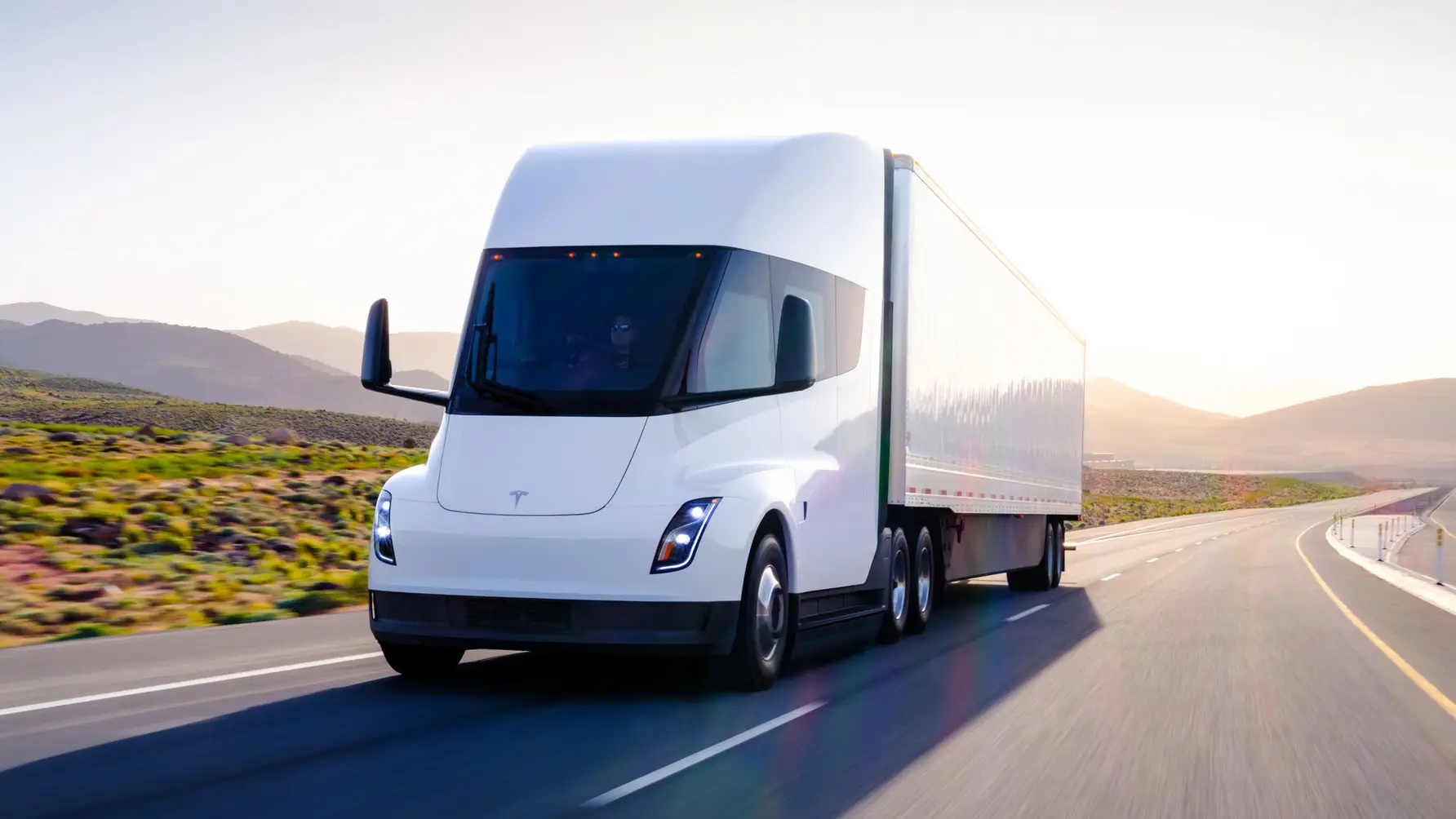
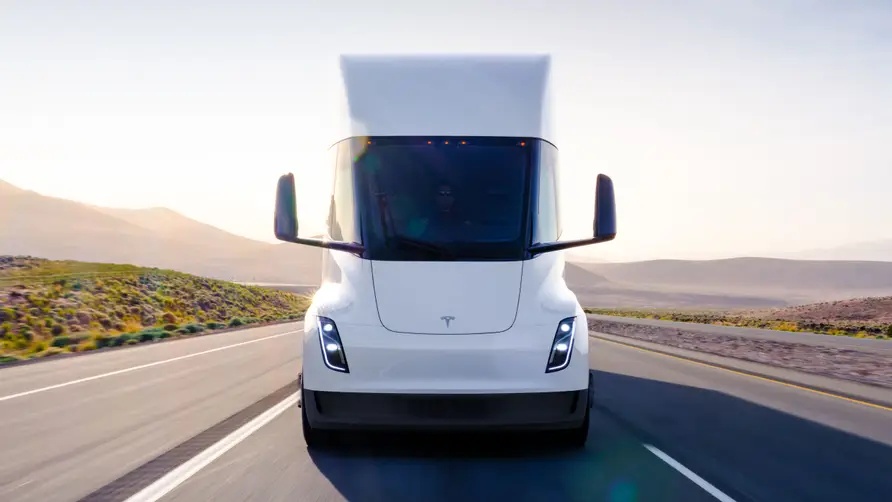
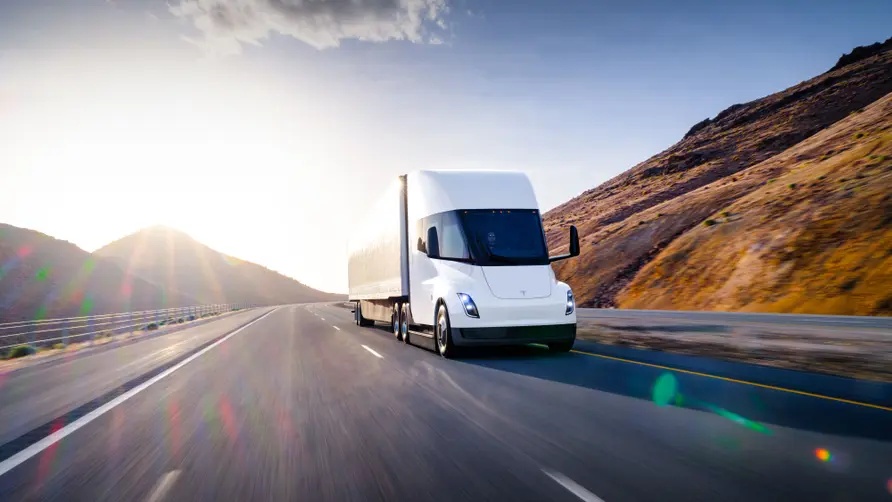

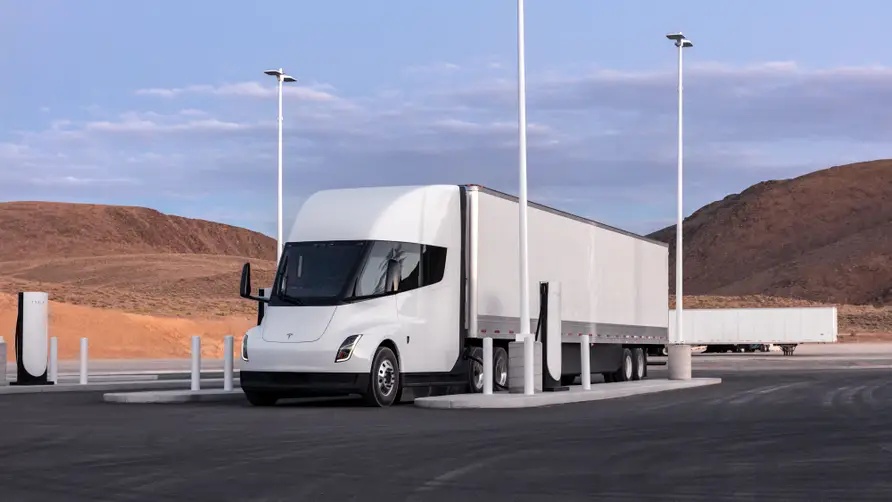
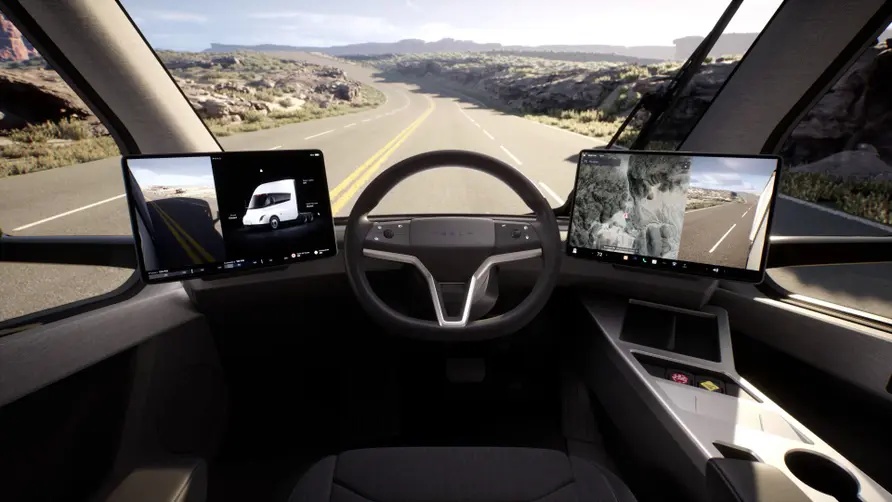
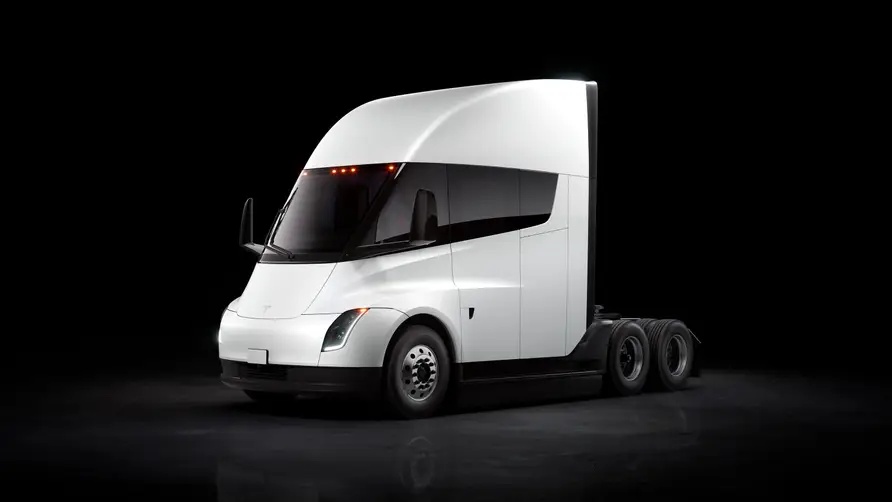



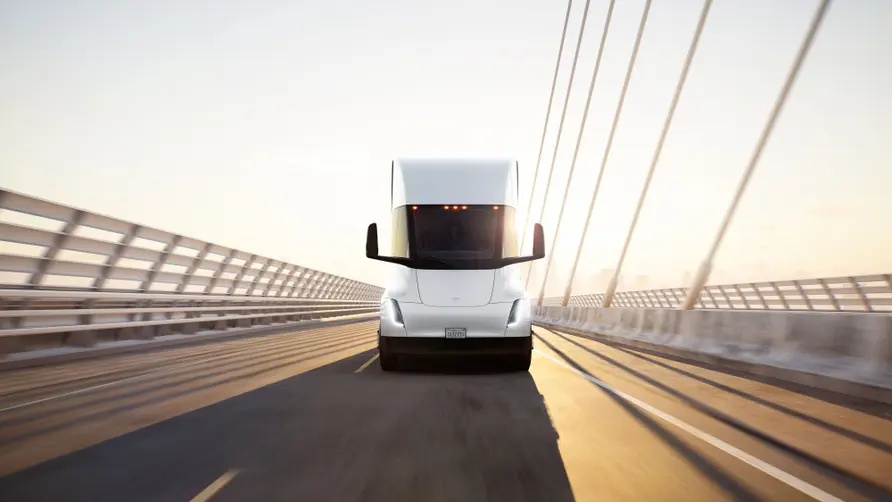
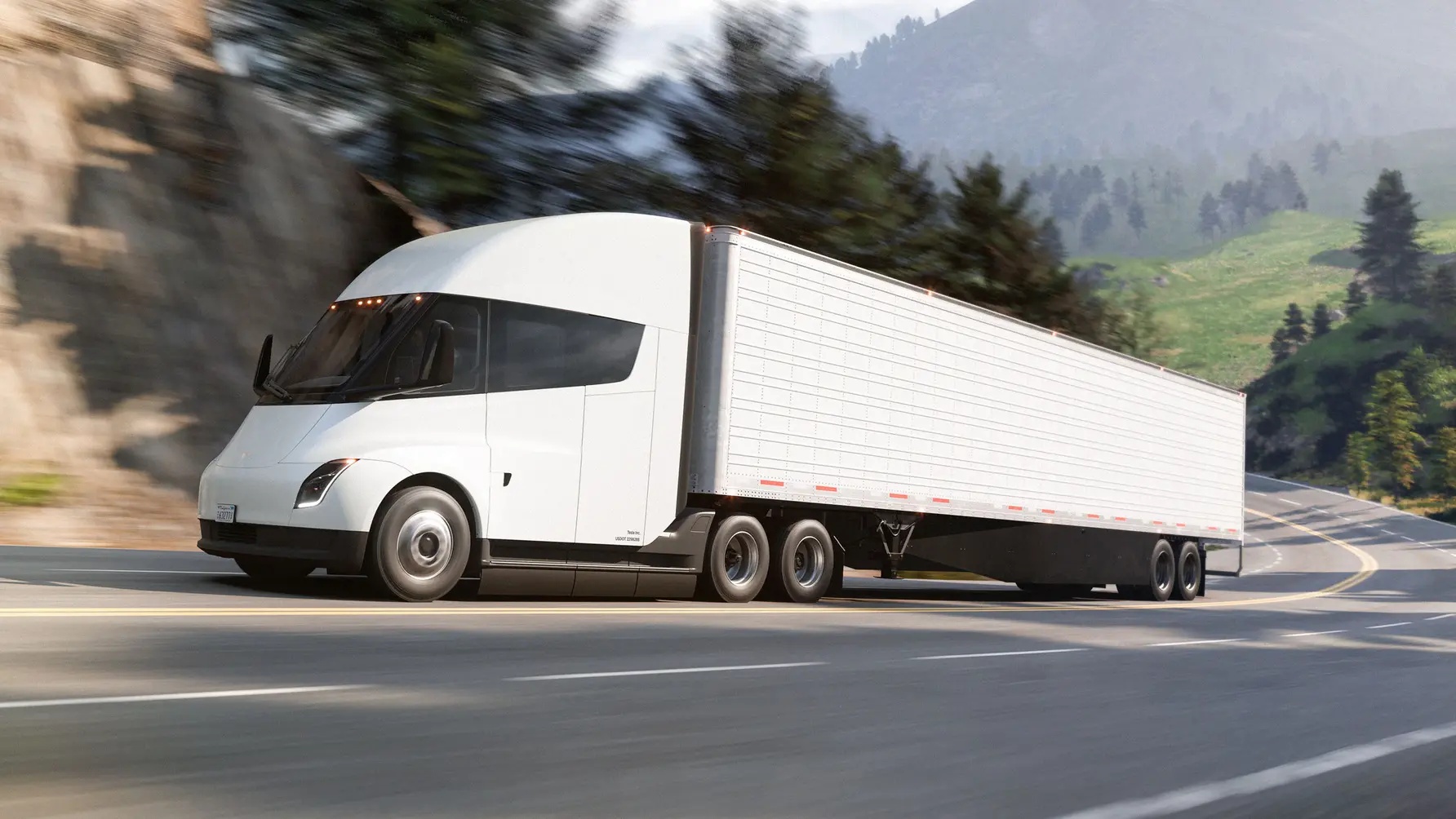
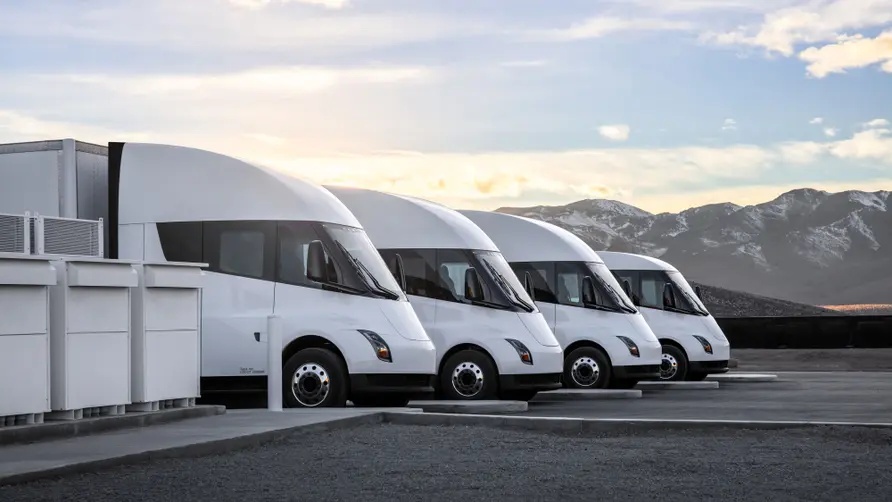

The Tesla Semi truck is finally ready, and Pepsi gets the first ones
“I can’t believe it’s been five years,” said Elon Musk. “Been a lot that’s happened since then, to say the least.”
Perhaps the understatement of the year. Tesla boss Musk – alongside engineer Dan Priestley – revealed the production-ready fully-electric Semi Truck at the company’s Sparks Gigafactory in Nevada, with the first examples being handed over live on stage to PepsiCo.
And as reported last month, both Musk and Priestley confirmed the Semi’s range of 500 miles via footage of a drive from Fremont to San Diego undertaken in ‘real world’ conditions. “This wasn’t an ultra-clean, precise test-track simulation, or something where we shut down the road,” Priestley said. “This is real-world, with traffic, true 500 miles. We’re loaded just under 82,000lbs, no special aero treatments. Car came off the line, [we] shook it down, made it run, that’s it.”
The Semi was confirmed to utilise “essentially” the same tri-motor setup and carbon-sleeved rotors as the Plaid versions of Model S and Model X, and a lot of tech ‘carryover’ including heat pumps, inverters and infotainment.
There’s a single motor on the front axle, and a pair of motors on the rear which can be automatically disengaged via a clutch when cruising on a motorway, for example. This, says Tesla, allows the Semi to cruise using that one dense front motor in order to enable greater efficiency (Tesla claims 2kWh per mile). It runs a 1,000V powertrain architecture, and Priestley claimed the Semi offers “an awesome driving experience”.
Indeed, “at Tesla we don’t make slow cars”, Musk added. They claimed the Semi has three times the power of any diesel truck currently on the road, and that its 1,000V architecture would be utilised in future Tesla models. It’s able to be charged using a 1MW charger, meaning up to 70 per cent of range in half an hour.
Inside, the central single-seat layout and cabin design is said to offer “max road visibility”, with the driver flanked by a pair of 15in touchscreens. There’s the usual assortment of tech too, including wireless phone charging, while Priestley noted the Semi’s regenerative braking and traction control capabilities as superior to current diesel trucks.
There’s still no word on price, but Priestley added that the company will employ Semi Trucks into its own fleet, “into our own supply chain, and we’re going to use these to transport goods between our factories and our suppliers”.
Wonder what the next five years will hold…
TEXT Vijay Pattni









